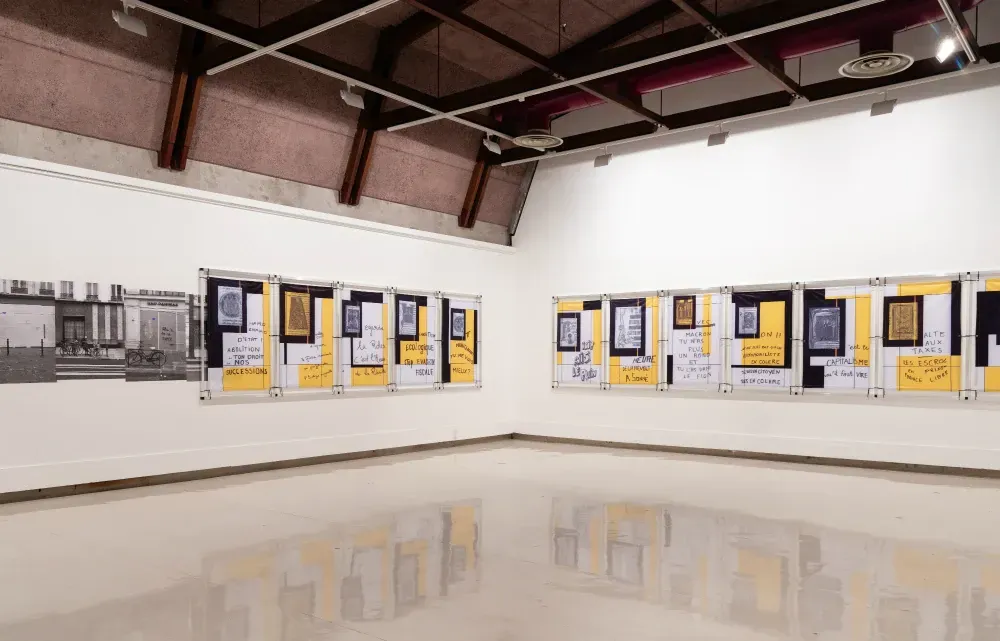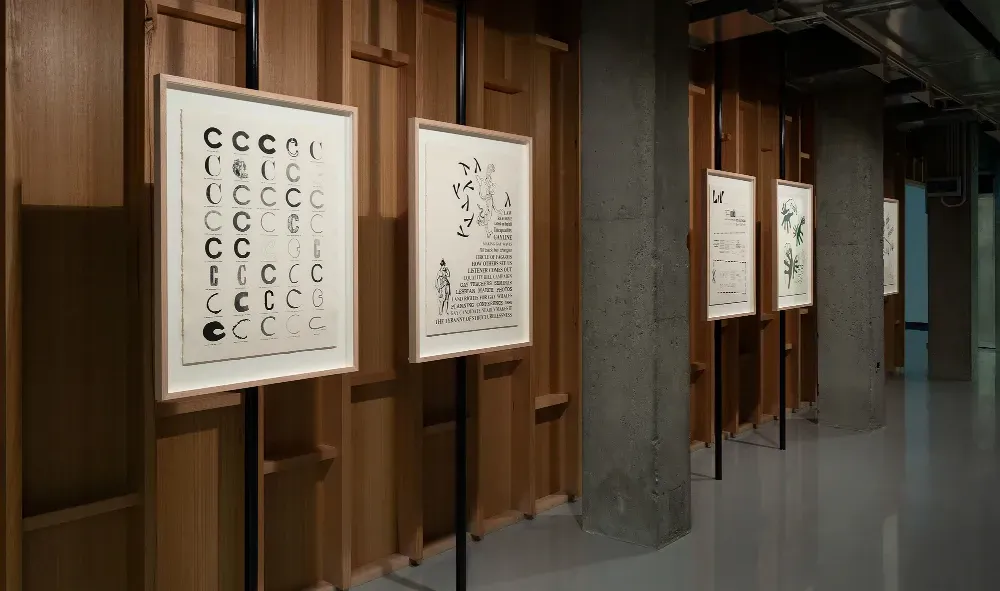CNZ announces the recipient of a highly coveted residency
Written by
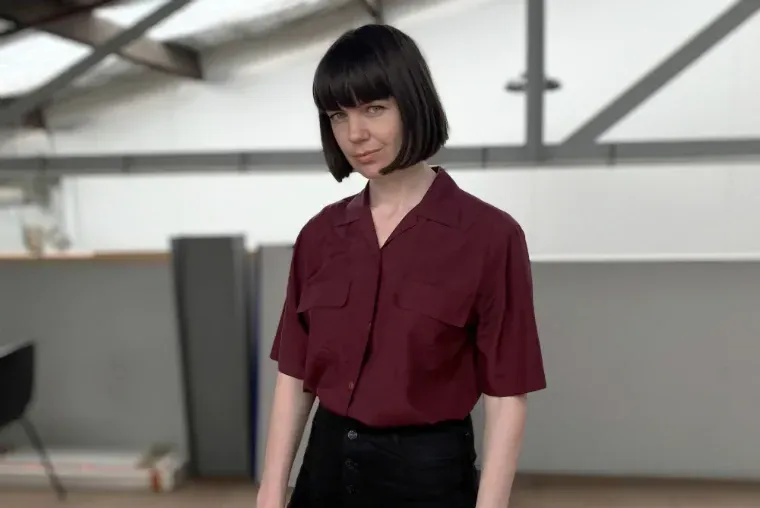
Ella Sutherland has just been announced as the recipient of the coveted Creative New Zealand Visual Arts residency. She will be travelling to Germany in October 2020 to begin a year of research, networking and developing new work.
Ella applied because she felt that the Berlin Visual Arts Residency offered “a rare opportunity for an intensive period of professional and artistic development in a well-supported, visible and critically rigorous context.” She says that being a center of contemporary art, Berlin offers a huge number of possibilities in terms of engaging with contemporary practice, as well as access to important art historical collections and archives. She says in addition to this, “the potential to position my practice in the context of a wider conversation, develop new audiences, and connect with an international group of similarly-minded practitioners is a valuable opportunity not easily accessed from afar.”
Ella’s artwork is created at the intersection between installation, publishing, print technology and text-based documentary making. Combined, they explore the relationship between language and social history and how technology is used to spread ideas. Ella intends to spend her time in Berlin examining the role of historic censorship in modern day activism, eventually creating a three-part series in response to her research. A collection of prints will speak to historic examples of censorship in Germany, a publication of her findings and finally, an installation.
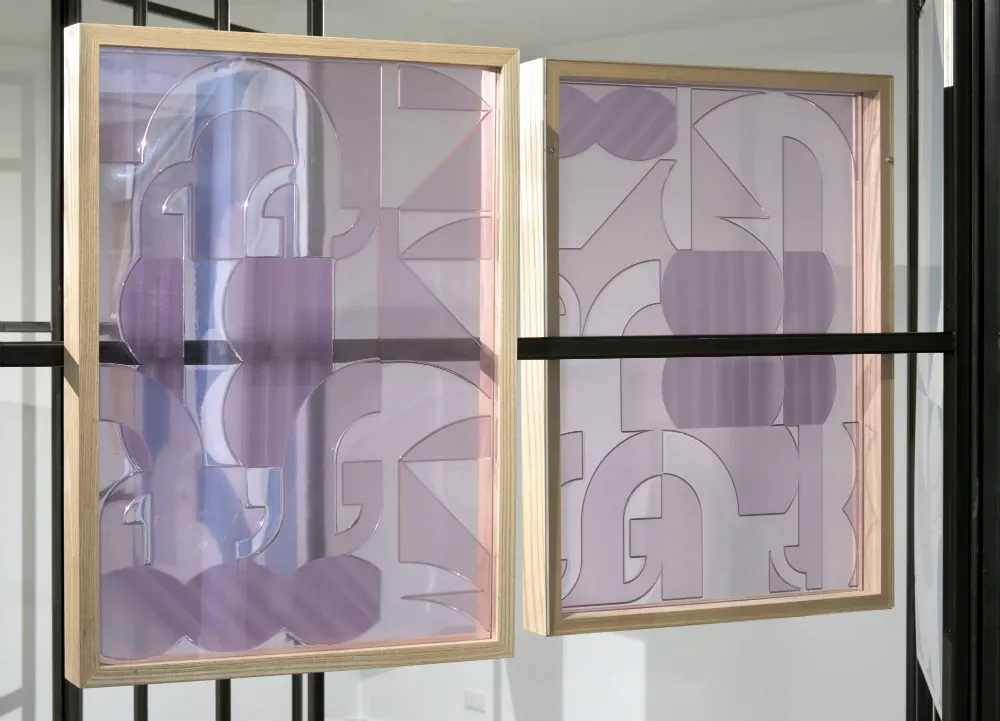
Ella Sutherland, Recto Verso, installation view: Objectspace, Auckland, 2019. Photo/Samuel Hartnett.
Historic acts of oppression
Ella’s proposal for the Berlin Visual Arts Residency will look back to the forces surrounding the social atmosphere and political climate of Germany in the early 1930s, to consider “what a radical framework for visibility and social processes might look like now by asking: what role has historic censorship played in the development of subversive modes of communication today?”
She says the project will collate a series of vignettes around historic acts of oppression. “I’m interested in how this history may contribute to a broader understanding of cultural systems of production, and to consider the politics surrounding which voices are designated for distribution and reproduction, and which are not,” she says.
Experimenting with 2D and 3D
Materially, Ella says she will “undertake a series of formal experiments to support the development of 2D and 3D components which resonate specifically with the historic role of communications technology in Germany by seeking out local printers, artisans and fabricators for collaboration”.
“While this work will continue an ongoing trajectory of questioning around the politics of visibility, this project is the first to focus specifically on the ways in which various forms of crypsis have been engaged to evade censorship.”
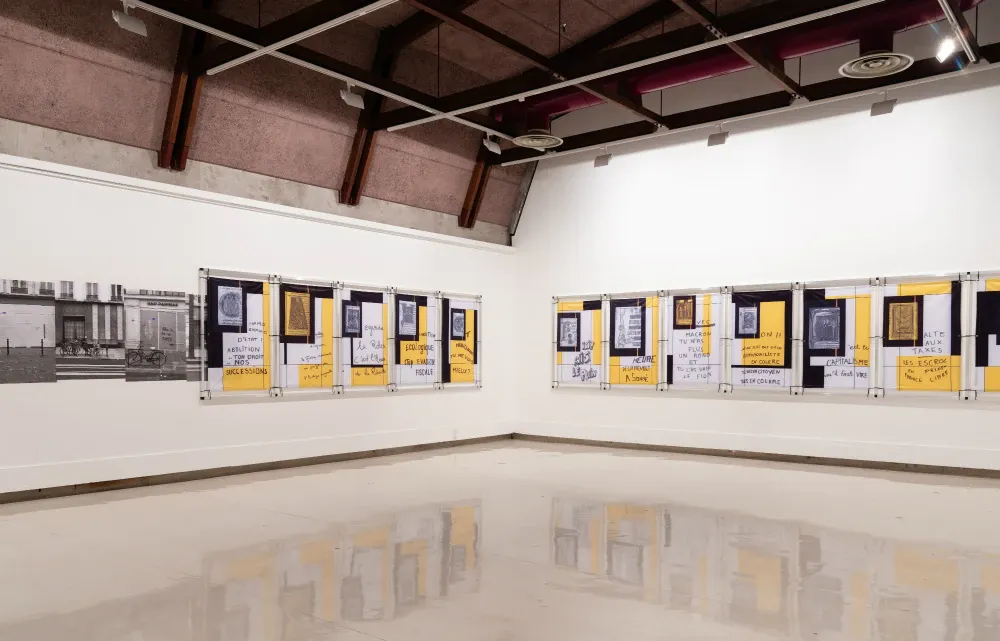
Ella Sutherland, Carte Blanche, installation view: Ilam Campus Gallery, Christchurch, 2019. Photo/Lucinda Webber
Now is the time for activism
I asked Ella why she was choosing now to question the politics of visual language. I was keen to see if she was looking at the past to make sense of these challenging political times. Ella responded: “In a globalized world dominated by fragmentation, surveillance and increasingly unstable political scenarios, it can be difficult to perceive how art practices with a focus on activism and resistance, can be productive. However, the desire to invest in activities that confuse, aggravate, or suspend oppressive modes seem more essential than ever.”
“The desire to invest in activities that confuse, aggravate, or suspend oppressive modes seem more essential than ever.”
Overlapping fields of interest
Ella has chosen to work in three mediums (a print series, publication and installation). Elaborating on this choice, she says her practice is “concerned with how language is made visible, and in particular, the ways in which typographic systems and printed matter may be collected and represented as a documentary of sorts. This territory encompasses multiple overlapping fields of interest: the relationship between printed matter and social history; the evolution of production techniques in disseminating thought and experimental typographic methodologies: ideas which will all inform in the physical outcomes of the Residency.”
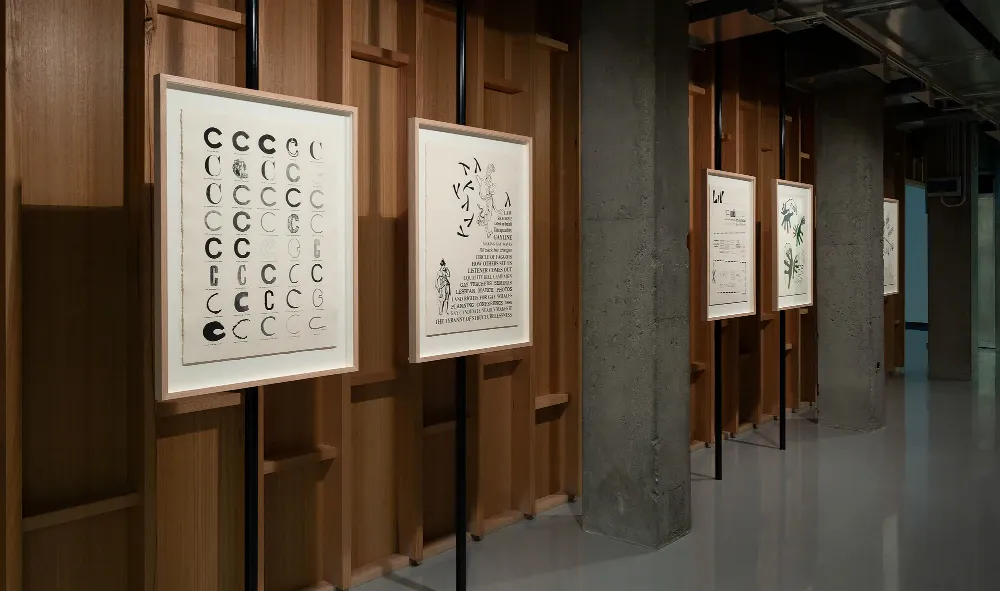
Ella Sutherland, Bookworks, 2019, installation view: Monash University Museum of Art, Melbourne, 2019. Photo/Christian Capurro.
Capturing the feeling of the moment
In terms of what a successful final creation would look like, she says she is curious to explore how we shape objects, and how objects shape us. “I want to see if, and how, the voices of the groups and individuals who create the material I research are embedded in the form of the object, and to think about the capacity of printed matter to embody the cultural, technological or socio-political context surrounding their creation. I hope that the resulting work could be described as an urban archeology, a Xeroxed documentary of material, which in turn, reflects something of the socio-political composition of a moment.”
“I’m hoping that this work offers the opportunity to examine what it is to live a life surrounded by invisible forces of power, and what subverting this might look like.”

